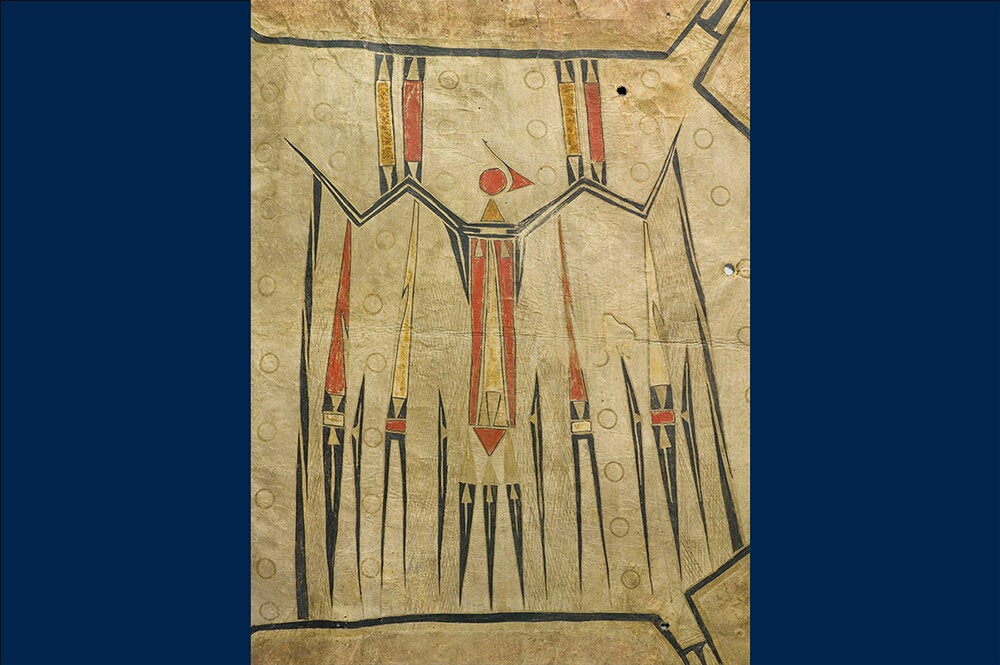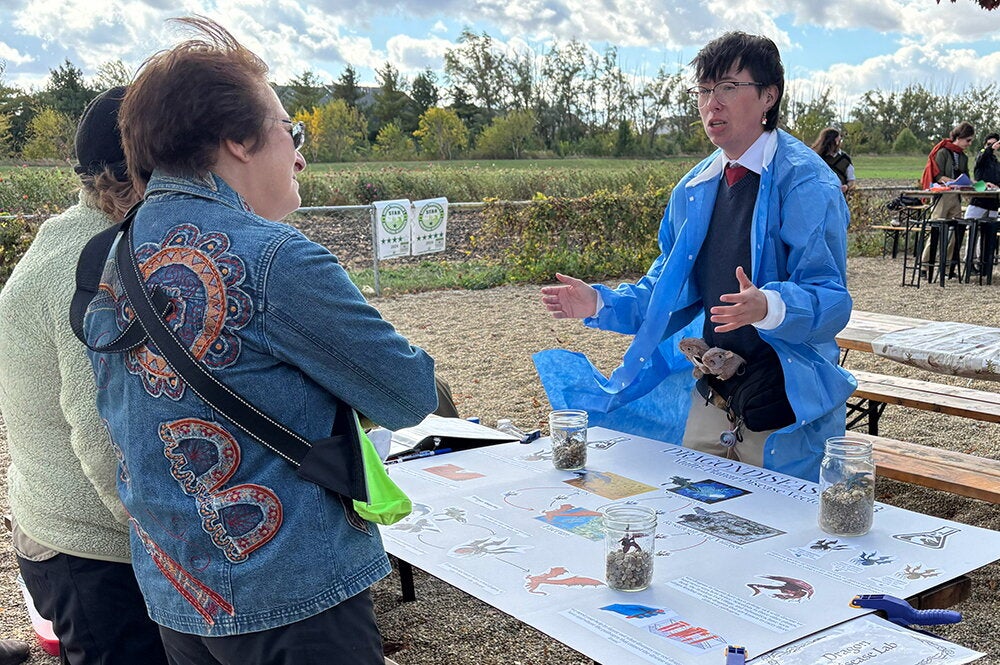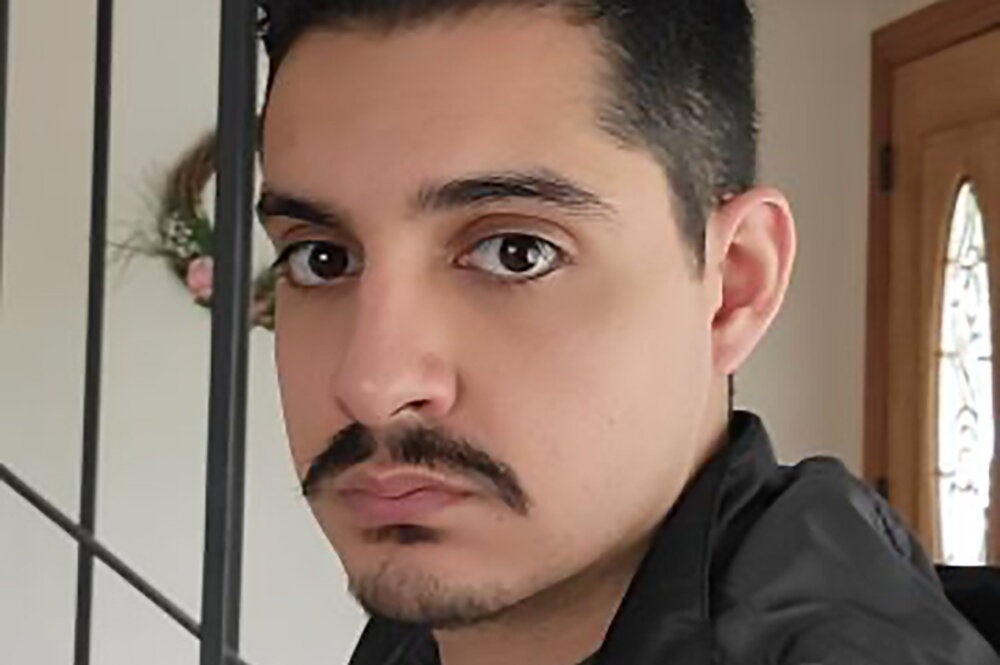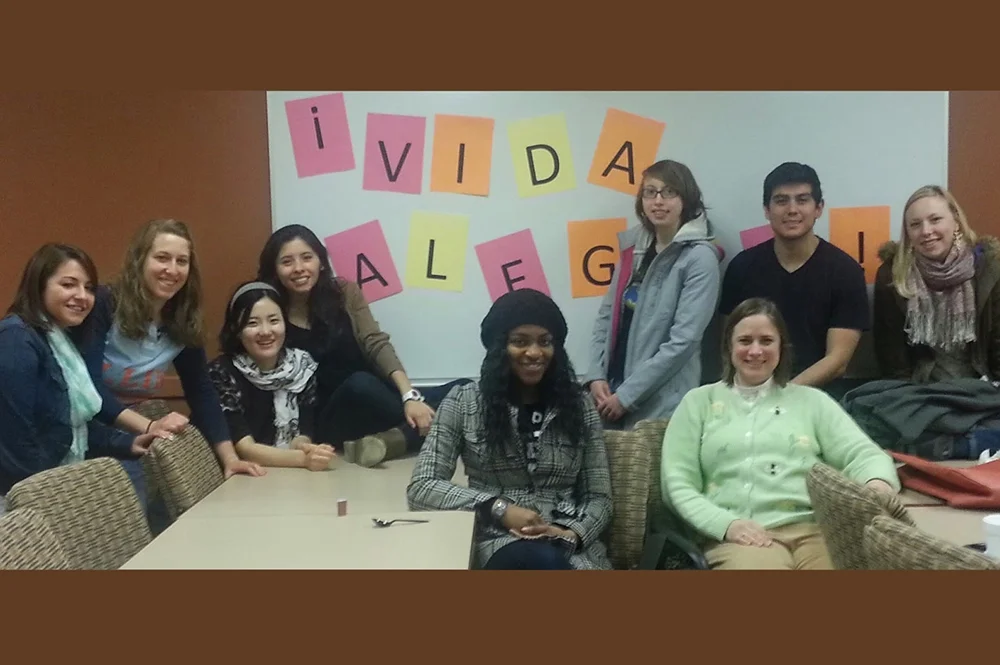
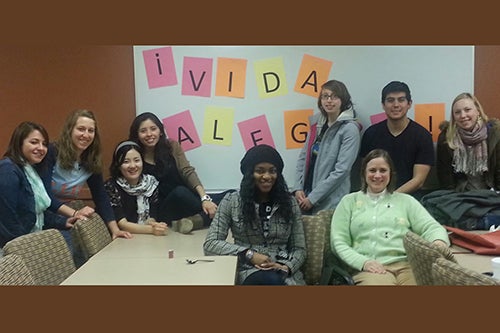
There’s a sentence from one of Annie Abbott’s students that’s seared into her memory: “I used to think immigration was a problem.” The sentence had been written on an exam in Abbott’s course, SPAN 232: Spanish in the Community. Abbott recalls how powerful it felt to read this sentence as it represented a perspective changed by what’s become a meaningful and popular mainstay course on campus.
Twenty years ago, Abbott, professor and director of undergraduate studies in the Department of Spanish & Portuguese, created SPAN 232 as the university’s first and only general education course that is not taught in English. Since then the course has grown from having about 12 students a semester to about 60 students a semester. Each student in the course volunteers with community partners for 20 hours, meaning that each semester Abbott’s students deliver about 1,200 service hours.
This past semester, students volunteered in the dual immersion programs at International Prep Academy in Champaign and Leal Elementary School in Urbana, where they helped in classes where students needed help understanding English. Other students volunteered at Urbana Adult Education Center, where they helped adults learn English.
These experiences give students a chance to practice conversational Spanish while gaining new perspectives. Alumna Madeleine Meehan (BA, ’23, molecular and cellular biology) recalls how her language learning went beyond surface level and gave her new perspective.
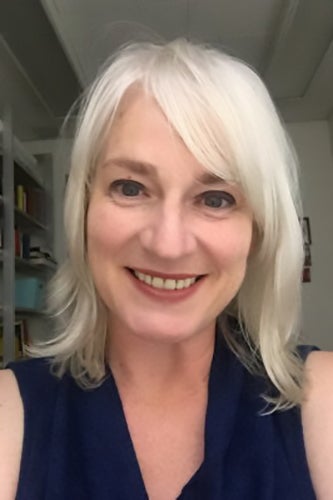
“It is easy to detach from what we learn in class, but experiencing the realities of our lessons provides a lens of humanity. In this class it was not simply exams and memorization. We learned by doing, by experiencing. We were able to see the real people, children, and peers that were experiencing the topics we studied in class,” Meehan said. “This not only helped me to understand the topics, but to develop an empathy and understanding for people with different experiences than myself.”
The course originated in 2004 from an intensive Spanish course and was launched after Abbott and a colleague proposed Spanish in the Community to Steve Schaumburg, then the vice chancellor of public engagement at U of I. The course concept was accepted and funded to help build community-based learning courses.
When the course first began, The Refugee Center in Champaign was the only community partner. Students answered phone calls, greeted clients, accompanied clients to appointments, and helped clients study for the citizenship test.
Over time, the specific ways that students volunteered changed along with the ways that immigration has changed. Abbott noted that understanding immigration and the way it changes and evolves is essential to her course.
“When you work with the community, when you do engaged teaching or engaged scholarship, you have to be very flexible,” Abbott explained. “You have to adapt to changes and you have to
really be attentive to what's going on. You can't just create a model and then think that that's going to be the same forever.”
While some specific volunteering roles have changed, the interactive backbone of the course remains: Abbott wants to give all students a collaborative learning experience. Hora Behnejad, a past exchange student who currently attends the University College London to study civil engineering, took Spanish in the Community during her time at the University of Illinois. She had been studying Spanish since 2014 and had wanted to continue her studies when she studied abroad.
“SPAN 232 is unlike any traditional language class. It has a particular focus on immigration within the Hispanic community, addressing misconceptions with facts and real-life stories,” said Behnejad. “The class is very conversational, which is great for practicing speaking skills, but more importantly, it is great to share ideas with one another and learn from other people's perspectives.”
While Behnejad has enjoyed studying Spanish for many years, she emphasized that the course is an open opportunity for any student.
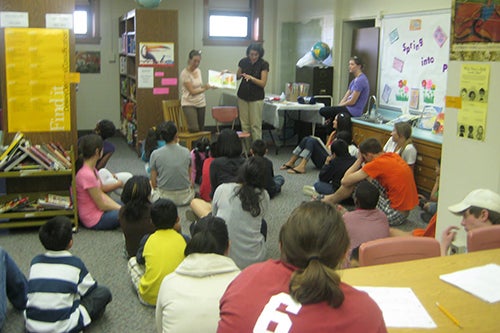
“You don't have to be a Spanish major or even in the humanities to take this class. I came from engineering,” Behnejad said. “I think anyone with any level of Spanish proficiency who has an interest in the language, immigration or would like to experience service-learning could really enjoy this class and get a lot out of it. The class is highly engaging, made even more enjoyable by Professor Abbott's brilliant teaching.”
Meehan said that Abbott’s dedication to a well-rounded education was admirable.
“When reflecting on my college experience as a whole, this class comes to the forefront of my mind,” Meehan said. “I think Professor Abbott deserves the credit in making this class what it really is, and I regard her as one of the best educators I have had the privilege of learning from.”
Abbott has made it her goal over the past 20 years to teach students not only the language of Spanish but the cultures that are around it.
“Spanish is a language of people,” Abbott said. “There are students who think of it as something that you learned for a grade, think of it as something that you use in the classroom or maybe when you travel on vacation or go to a restaurant. But in this class you can learn about and experience Spanish as a language of your neighbors, as a language of exchange and support. A language that you can use for problem solving. A language you can see and experience for yourself.”
She added: “It's a language of people. You can connect with people, learn from those people, and help them in some way.”
